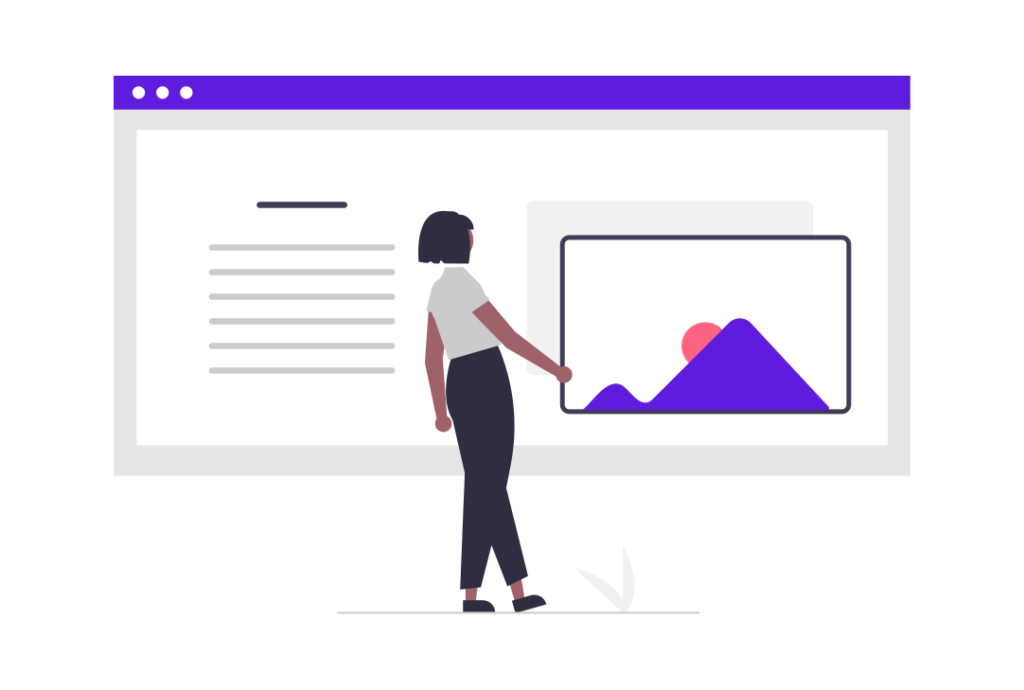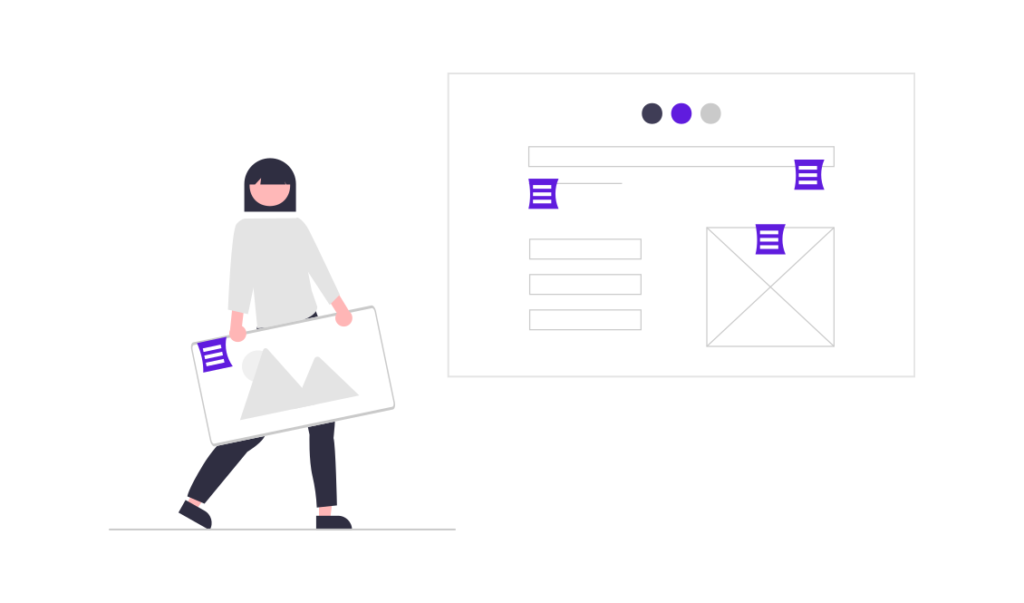An important aspect of producing any form of multimedia content is making sure everyone can consume it. Accessibility and availability are vital to the success and longevity of any content production company. However, even in 2021, accessibility is often treated as an afterthought or missed altogether.
These limits imposed on content consumption are reflective of those that are existent in wider society. They serve to restrict people in every aspect of their life. However, this is not due to any physical abilities or differences of the consumer. The Social Model of Disability explains this phenomenon further. It states that the perceived ‘problem’ with disability does not, in fact, lie with the person with a disability. It instead explains that disability as a concept is a product of the barriers individuals face as a result of the physical and attitudinal barriers in society – prejudice, lack of access adjustments and systemic exclusion – that disable people.
Keeping this in mind, then, accessibility in content is more important than ever. When creating, we must create equality and inclusivity in order to offer people more independence, choice and control over the content they want to view. So, the question is: how can you make sure your content is more accessible to everyone?

Why Is Accessibility Important?
Everyone universally has the right to content and information, regardless of any extenuating factors. You wouldn’t want to unconsciously restrict your audience from certain types of media. It is important not to make your audience feel excluded due to factors beyond their control.
In terms of content production, you definitely don’t want to exclude a large portion of your audience. Disability is not a minority issue in the UK, as statistics provided by the University of St Andrews show that in Britain, over 10 million people have a limiting long-term illness, impairment, or disability – this is over 18 per cent of the population.
Despite this fact, accessibility is often easily overlooked or a second thought in content production or sometimes not considered at all. It seems like it should be an obvious move to make your content available to all. So why isn’t it? The answer is simple. It is because generally, able bodied people conceptualise the world in terms of their ability.
For example, a fully sighted person does not face the same reality as someone who is blind or has issues with their eyes. This means that they may not consider the needs of a non-sighted person, as they have physically never experienced the same needs or limitations. Therefore, in turn, abled content creators or web developers and designers may not even think to add things like text-to-speech or audio descriptions for non-sighted people.
This excludes them and means that they cannot access content the same way abled people do through absolutely no fault of their own. The prevention of situations like this is why it is so important for content to be made with accessibility in mind constantly rather than as an afterthought.
How Can You Standardise the Accessibility of Your Content?

There are a few things to note about standardising the accessibility of your content. The first thing to note is that there is a standard for content accessibility. It is widely available and known as the Web Content Accessibility Guidelines (WCAG 2.1) created by the World Wide Web Consortium (W3C). The ultimate goal of this resource is to make content and the wider web more accessible to all. It is an extensive list of things that should be implemented into your websites and content. This can be used as an excellent resource or baseline checklist for making sure your content meets required accessibility guidelines.
The WCAG also notes that some elements of website accessibility are of a technical nature, so they are entrusted to web developers and designers. These can be things like implementing fonts and page colours, contrast ratios or integrated text to speech options to name a few. Make sure you work together with your developers to ensure everyone is on the same page and producing the same cohesive vision that works for everyone.
The bottom line is to always keep people with disabilities or difficulties in mind from the beginning of the content production process. Ask yourself questions: how will your page be interacted with? What additions or alternatives can you provide? What allowances can you make for people?
How Can You Make Your Content More Accessible?
It may seem like accessibility accounts for a lot more steps to take or many additional factors to consider. However, it really isn’t as time consuming as you may think. There are easy things you can do as a content production company to ensure that your content welcomes and accommodates everyone.
Some things you can keep in mind include:
- Meaningful alt texts and captions. Including alt texts and captions on images accompanying content or social media posts helps people using screen readers to know what the image is of, what it adds to your content, or whether the content can be downloaded at all when used with PDFs. Alternative descriptions are also incredibly useful in terms of SEO.

- Descriptive links and punctuation. By using ambiguous link text, such as ‘click here’ or ‘read more’, people using screen reading and text to speech technology cannot interpret where they are being redirected to. Be more descriptive and direct. For example, ‘click here for our contacts page’.
- A clear layout and structure. Utilise regular headings and short paragraphs throughout your work for meaning and structure. It makes content manageable and less overwhelming than a huge chunk of text.
Use bullet points or numbered lists and format things in a logical order. This increases cohesion and readability and means everyone can easily follow along! Utilise the reader view on your websites to check the readability and format of any published work.
If you’re stuck or unsure at any point, the British Dyslexia Association have a helpful style guide of things to include or avoid!
- Focus on your writing style. This is one of the easiest things to implement. Avoid using acronyms or abbreviations to avoid confusion or misunderstanding. Make sure that all of your points are clear, readable and use concise language.
Make sure your sentences are short and digestible. Don’t make your content laborious to get through! You should use the motto “the simpler, the better” in all content pieces.
- Use CamelCase when using hashtags So, instead of #newlondonphotographer, you would use #NewLondonPhotographer. This can help people using screen readers identify each word in a hashtag. It can also help dyslexic people comprehend hashtags quicker and easier, allowing them to navigate their interests more effectively.
- Don’t use blinking or flashing content. This can make content harder to read or comprehend in a general sense. However, it can also be detrimental and dangerous to people with conditions like epilepsy. Don’t make your videos un-pause-able for the same reasons! Let people safely focus on one thing at a time.
- Use clear instructions. Sometimes, your content requires instructions. For example, if someone receives an error message, it should be clear and concise, so the audience know what steps they need to take to correct it.

This is clearly not an exhaustive list. However, they are some of the easiest and most immediate things you can add to any of your content. It can feel impossible to cater to everyone, but these ideas will help you cast a wider net and your content reach a bigger audience.
Conclusion
It is important to remember that issues with accessibility are human issues, not just disabled issues. It is ultimately down to able bodied creators to put in the work to help make the content they produce accessible to all.
Like any routine, the more you incorporate accessibility into your content practices, it will become easier and more automatic every time. It not only benefits your audience, but your company too, because what’s good for accessibility is good for search engine optimisation (SEO).
Not only will it make your information easier to disseminate across the internet, but it will also expand your brand and reach a wider audience. Making your content more widely inclusive can only be a good thing. It is a worthwhile investment to make – everyone wins!
Are you looking to make your content more accessible? For more tips and support, don’t hesitate to reach out and contact us. Here at Floodmaker, we are committed to making content available for all.
